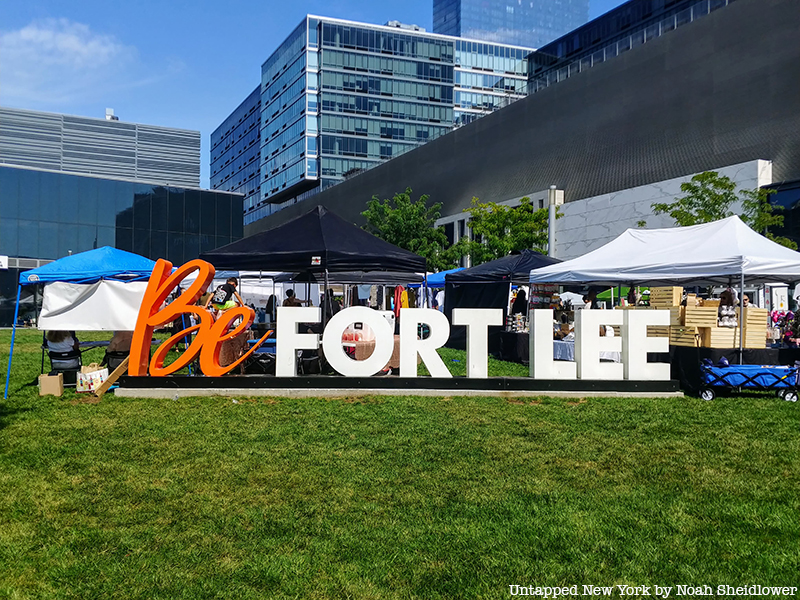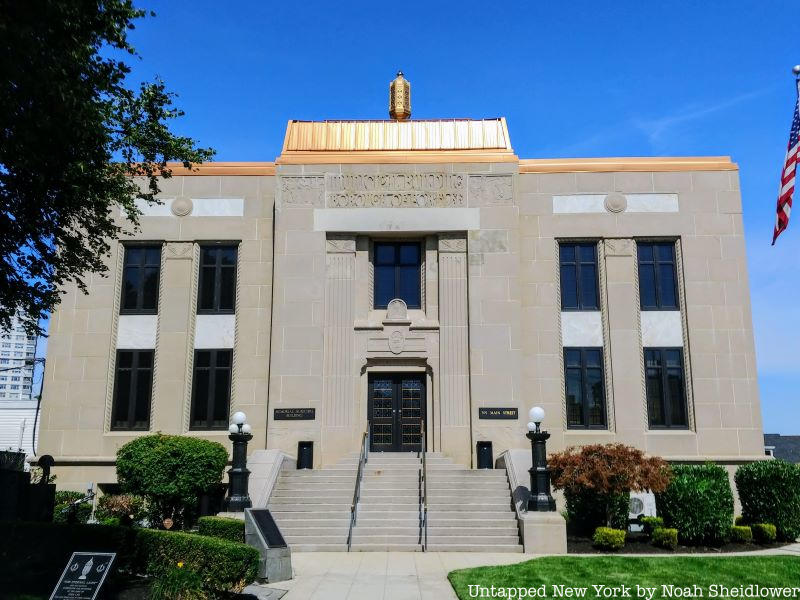
Fort Lee, New Jersey, is a borough in Bergen County on the Hudson River. Named for a Revolutionary War military encampment, Fort Lee offers views of the nearby George Washington Bridge from its tall Palisades and is one of the country’s largest Korean enclaves. Now filled with high-rises and modern buildings, Fort Lee was once a center of the film industry, though much of this history has been forgotten. With plenty of green space, including Monument Park and Constitution Park, Fort Lee has become a popular place for those commuting to New York City and has included residents like Mets legend Darryl Strawberry, singer Celia Cruz, and commentator Bill O’Reilly. Here are our top 11 secrets of Fort Lee!
1. Before Hollywood, Fort Lee was the center of America’s film industry

From the end of the 19th century to the early 20th century, Fort Lee was America’s motion picture capital. Many studios popped up in cities and towns along the Hudson River because of New Jersey’s more diverse landscapes and cheaper land compared to New York. One of the first studios in the state was the Kalem Company which opened in 1907, followed two years later by the Champion Film Company, a predecessor to Universal Studios. Dozens more film studios came to Fort Lee in the 1910s, including the Independent Moving Pictures Company, Goldwyn Picture Corporation, Solax Studios, and the World Film Company. Screen actors and producers like Mary Pickford, Lionel Barrymore, and the Marx Brothers (whose first film Humor Risk was shot here) got their starts in Fort Lee. Some films from this era were shot at Cliffhanger Point, including House of Hate, allowing for some tension-filled action shots; this location inspired the word “cliffhanger.”
For about two decades, no other part of the country could compete with Fort Lee — until Nestor Studios built the first studio in Hollywood in 1911. Slowly, more studios began opening in Hollywood because of California’s more temperate climate. Another (perhaps illegal) reason for this cross-country move was that Edison owned most patents for film production, so companies would move to the West Coast to operate independently since the court notoriously did not enforce patent claims. Despite being the birthplace of the motion picture industry, Fort Lee carries little historical evidence since most original buildings have been torn down. However, the Fort Lee Film Commission still keeps this history alive and preserves some historical artifacts.





